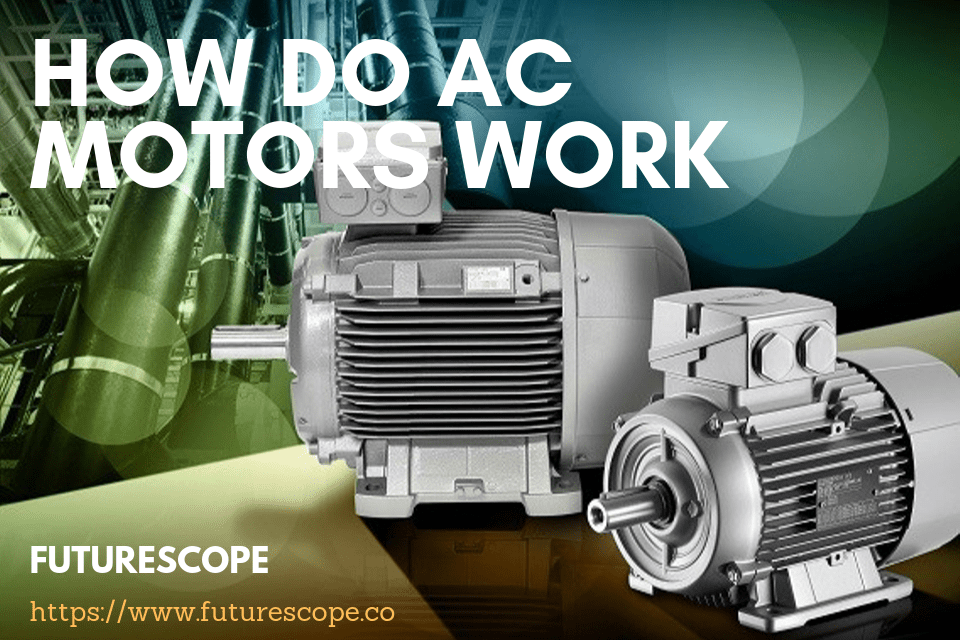What We Have Covered in This Article
Last Updated on October 21, 2019 by Editor Futurescope
Chances are you know what AC motors do, but do you know what AC motors even stand for? AC stands for the alternating current which but if you’re wondering how do AC motors work – this is the perfect post for you.
We understand that the difference between AC and DC motors can confuse even the best of us, but it isn’t very hard to learn the most important things about the AC motor.
In this post, you will find everything there is to know about AC motors, including the way their work, main types & components – and yes, we have even covered the difference between AC & DC motors!
Therefore, here’s what you can expect to find in this article:
- What’s the Main Role of AC Motors?
- The Main Components and Types of AC Motors?
- How do AC Motors Work?
- What’s the Difference Between an AC and DC Motor?
- Conclusion
What’s the Main Role of AC Motors?

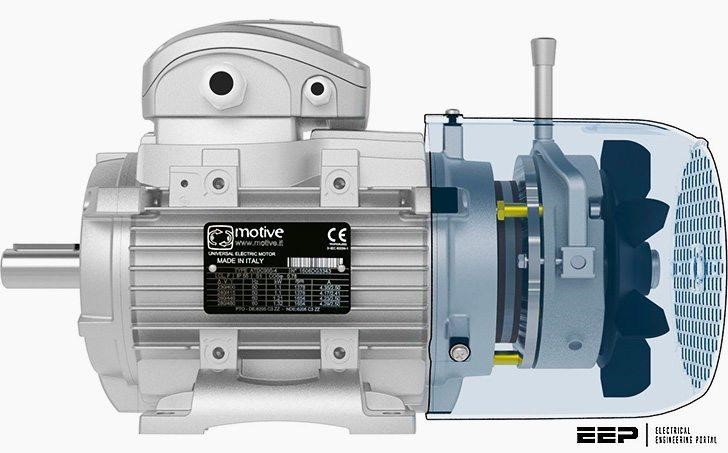
Image Source: electrical-engineering-portal.com
The main role of AC motors is to add capacitance which creates a shift in the starting phase of a motor – and this shift happens right between the windings.
AC motors are very convenient (even necessary) for machines who require high torque starting phases. Can you name one o such machines?
The compressor is one of the machines everyone knows – and yes, compressors rely on AC motors for that initial start torque.
Therefore, AC motors are a great way to balance a starting torque and running of the machine – no matter how long is the machine running.
However there are two different types of AC motors which makes them pretty versatile – so you can definitely find them in a lot of different machines.
What’s also interesting enough is that since AC motors are very affordable and yet offer high working efficiency – they’re used almost anywhere.
And also, they come in different types. Read on and find out which types are those!
The Main Components & Types of AC Motors

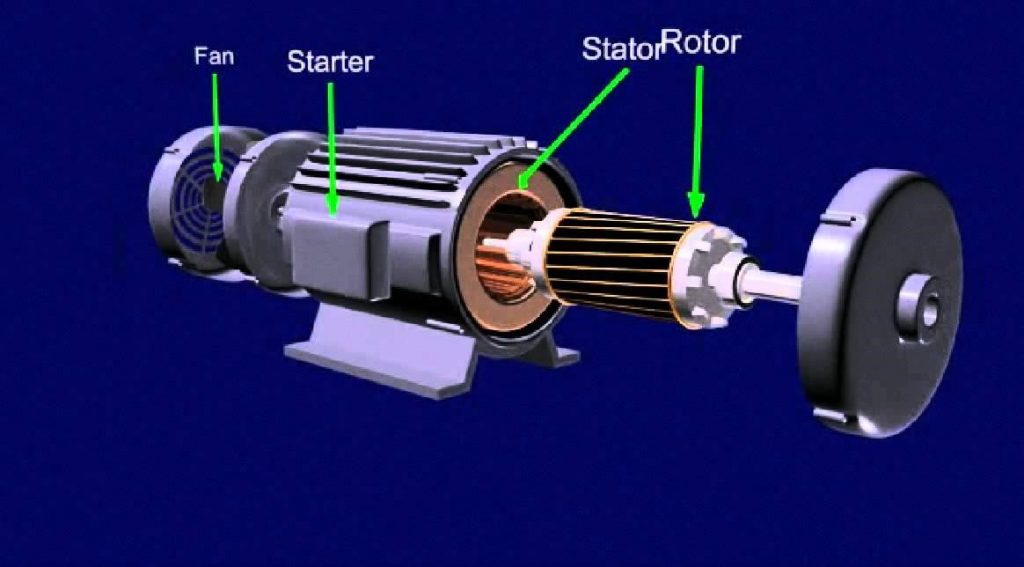
Image Source: YouTube.com
AC motors come in different types, shapes, and sizes. Here are all AC motor types:
- Synchronous motors
- Induction motors
- Linear motors
- Adjustable speed motors
- Universal motors
In synchronous AC motors, the main role is to keep stator and rotor running at the same speed (run them in sync) in order to help the motor maintain power.
Induction AC motors are the most common AC motor type which is very commonly used in everyday processes. The purpose of an induction motor is to keep the output rotation speed proportional to the frequency applied.
Linear AC motors are very different than any other type of AC motor. They are made to produce linear power with the purpose of pushing or pulling an object. Even though you might not come across this type of a motor very often – they can be seen in the ground-based rails and similar industries.
Adjustable speed AC motors are a special type of motors that are made to control and manage speed. They easily switch between different speeds by switching the number of poles they contain within. Bigger motors come with more poles and can achieve higher speeds.
Universal AC motors are the most generic type of AC motors. The most interesting fact about universal AC motors is that they can be operated on both alternate & direct current. Therefore, this type of AC motor can be mostly found in kitchen appliances, drill machines, vacuum cleaners, and even trimmers.
The main components vary from type to type – but every AC motor consists of two parts:
- Outside stator (with coils)
- Inside rotor (producing a static magnetic field)
There are plenty of components inside each one of these main components. Therefore, don’t be surprised to find a slip ring in the AC motor. And if you’re just learning about slip rings, check this Moflon website where you can find more about the special type of slip rings used in the AC motors.
But how do AC motors actually work? Find out everything behind the action down below!
How do AC Motors Work?

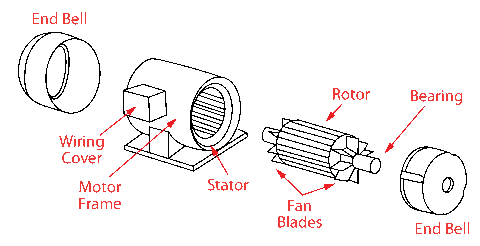
Image Source: framejdi.com
Now when you know that AC motors consist of two main parts – an outside stator and the inside rotor, let us explain how the magnetic field works.
If you have a look at the AC motor, you’d notice that the stator is made out of electromagnets. These magnets that make a stator are made to produce a rotating magnetic field.
And on the inside of the AC motor, we have a rotor which is a loop of wires and a coil placed inside a cage.
The magnetic energy from the inside of the AC motor (from the rotor) is suspended into an electrical conductor. And as the magnetic field constantly changes – it produces electric current inside the rotor.
Therefore, the AC motor produces a rotating magnetic field along with a rotor that rotates. And you can think of rotor’s rotation as a way of trying to catch up with the magnetic field.
This combination provides an electromagnetic induction that is the main reason why AC motors spin. And if you didn’t know, AC motors are also known as induction motors – exactly because of this.
What’s the Difference Between AC and DC Motor?

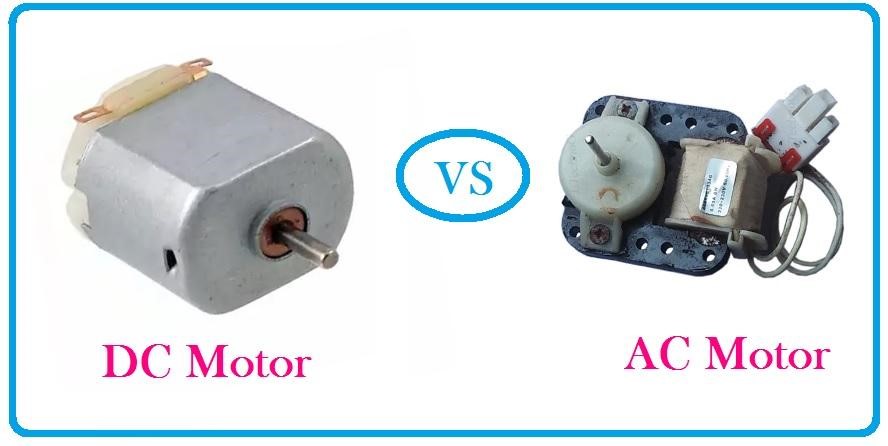
Image Source: etechnog.com
Even though both AC and DC are motors – they’re very different and shouldn’t be mistaken. However, this is a mistake that’s often made by people who are just learning about both types of motors.
In order to help you out never mistake these two again – here are the main differences you should know about.
The biggest difference is the power supply. By now, you understand that AC motors are powered with an alternating current. DC motors are powered with a direct current. If you’re looking at a motor and you’re unsure of its type – simply find out the power supply as this will easily tell you the difference.
DC motors are always constructed with brushes while AC motors never rely on brushes.
And lastly, the speed of the DC motor is controlled by the armature & winding’s current. On the other hand, the AC motor’s speed is only controlled with the frequency.
Therefore, now you know these things – if you simply look for them, you’ll easily tell the difference between AC & DC motor if you have both of them in front of you.
But also understanding that the DC motor is constructed & works differently – you’d have no problem understanding the difference. Hopefully, you’ll never mistake these two ever again!
Conclusion
If you were wondering how do AC motors work – hopefully you don’t find them too difficult to understand.
Knowing the importance of the AC motors even in the modern age where they still serve an important purpose across industries – understanding their way of working is something you should definitely know.
Did you find everything you were looking about AC motors?
Feel free to leave a comment and don’t be afraid to either leave feedback, start a discussion or ask a question!



